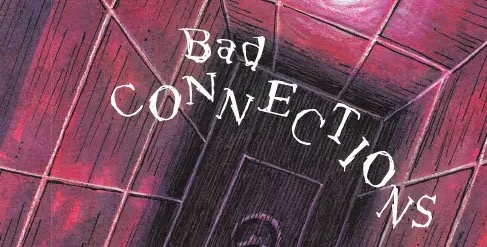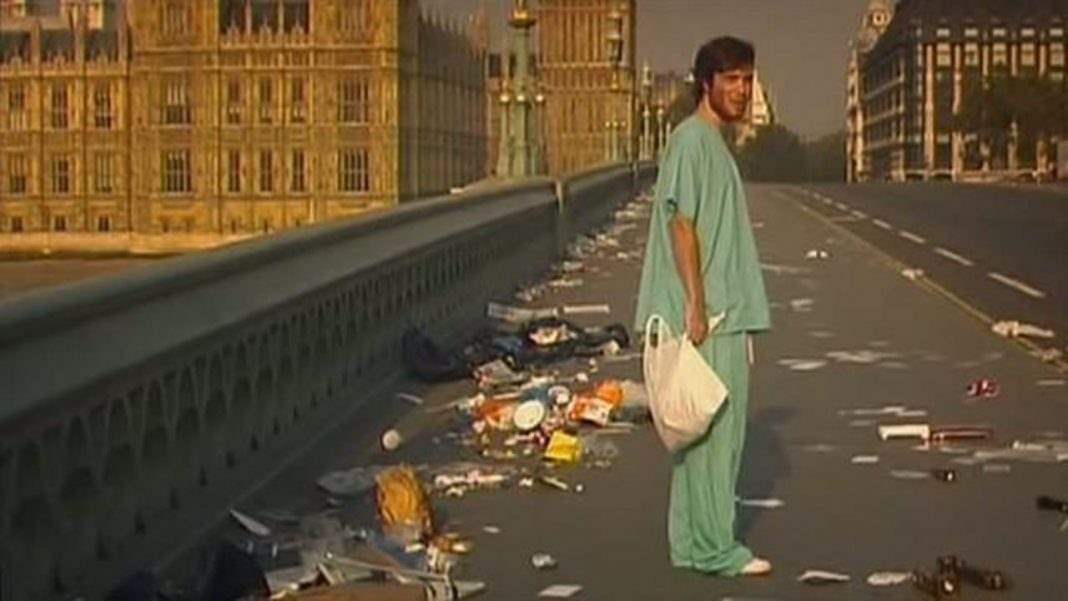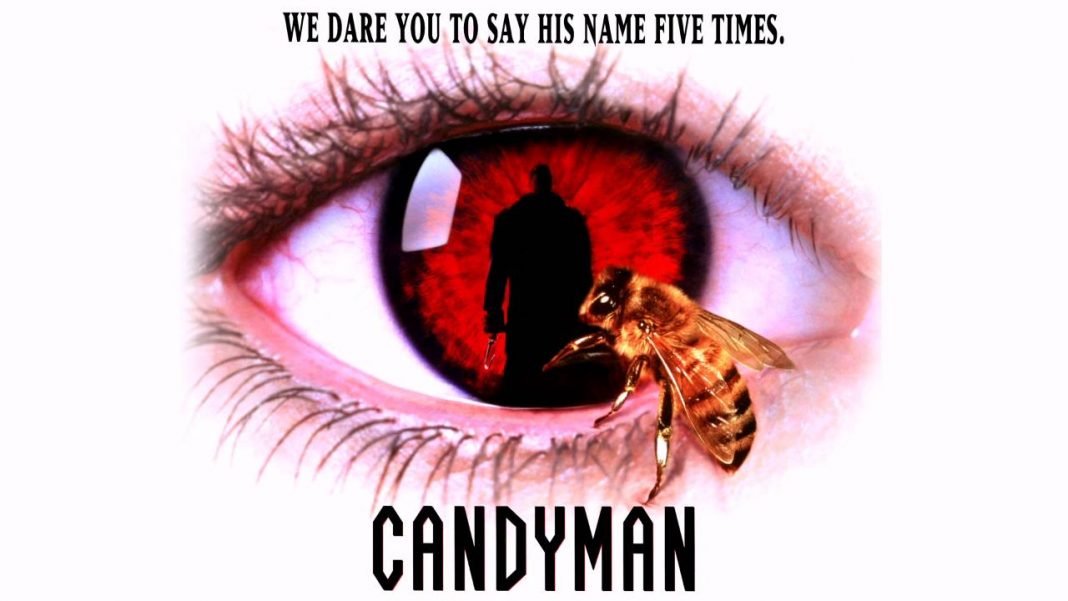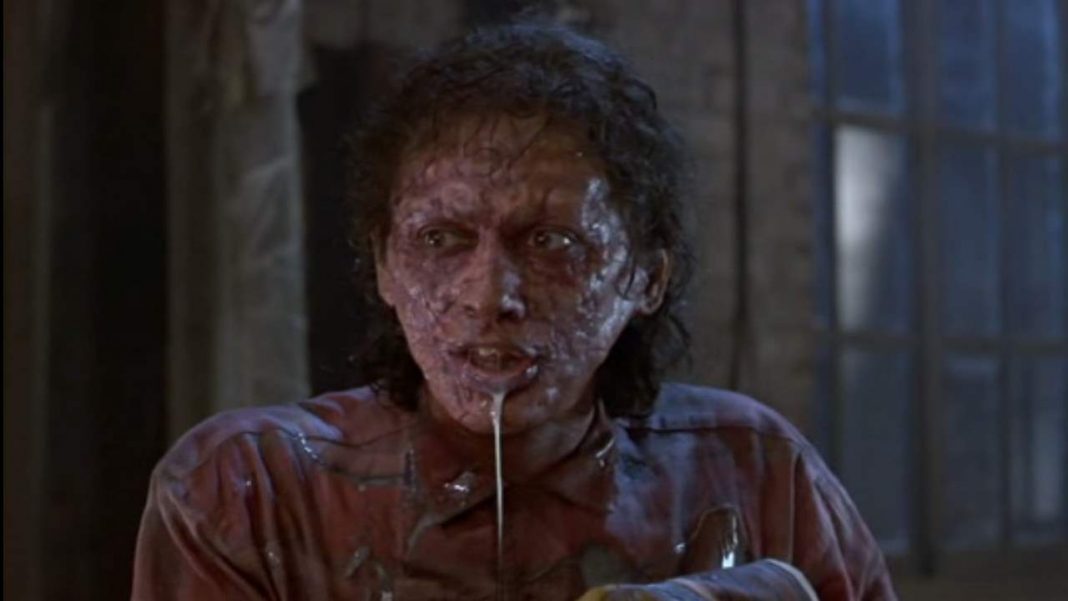A short story is the perfect length for a horror story. In under 7,500 words, authors need to cut every paragraph, hone every sentence, and sharpen every word. There can’t be extra baggage, which can lead to an immediacy that’s sometimes missing from horror novels and novellas.
The form has spawned some of the horror genre’s best early work. Edgar Allan Poe, for example, has lived on through his short stories, which have been adapted by Roger Corman, George A. Romero, Dario Argento, and Mike Flanagan among a cavalcade of others. When I read those stories in seventh grade, they chilled me to the bone, and I bet if you walked into a seventh grade classroom today, those scares would transcend the generations and the centuries once again.
But the focus on short fiction is often on those classics, when in reality, the form has never had a downturn. The stories being written and published by modern authors are as incredible and as awe inspiring as they have ever been. I’ve been writing short fiction for years, and when I decided to self-publish my short story collection Bad Connections, I dedicated this year’s reading to short story collections. I’ve read 31 so far. If you don’t believe me, check out these 5 story collections.
A quick note to say that I’m leaving off books of stories written by friends, but in addition to the ones I write up here, I highly recommend No Gods Only Chaos by L.P. Hernandez, Las Criaturas by Letitica Urieta, Abnormal Statistics by Max Booth III, Inner Space by Andrew Hilbert, and Hell Hath No Sorrow like a Woman Haunted by R.J. Joseph.
The Stay-Awake Men and Other Unstable Entities by Matthew M. Bartlett
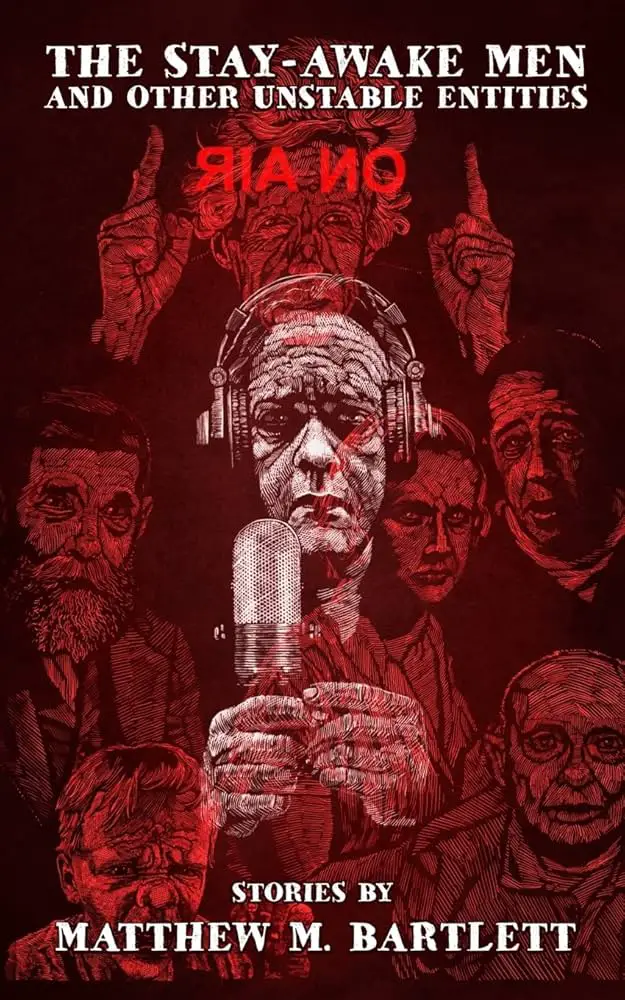
Matthew M. Bartlett already has a cult following. His Gateways to Abomination was an indie hit in 2014 and introduced his long running haunted/transdimensional/weird radio station WXXT in western Massachusetts. I love that book as well, but The Stay-Awake Men and Other Unstable Entities is a better introduction to Bartlett’s work because the fiction is independent of WXXT and its long-growing lore.
In The Stay-Awake Men you’ll find strange marionettes replacing middle managers, stranger monsters chasing random people, and, of course, the titular Stay-Awake Men. Bartlett has a knack for inventing uncanny monsters that sneak past the callouses you’ve grown for things like vampires and werewolves. His work feels fresh in a way a lot of more mainstream horror doesn’t.
The Wishing Pool by Tananarive Due
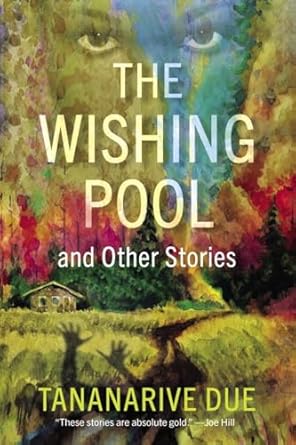
The Reformatory deservedly won the Los Angeles Times Book Prize, the Bram Stoker Award for Best Novel, and Shirley Jackson Award for Best Novel among others. It’s popularity seems to have eclipsed that of her short story collection from the same year The Wishing Pool.
The collection is broken into four sections: “Wishes,” “The Gracetown Stories,” “The Nayima Stories,” and “Future Shock.” Some of the sections pick up from the settings and worlds from Due’s other books, but they’re easy enough to follow if you haven’t read her entire bibliography. Due’s particular brand of horror mixes historical racism with more traditional horror elements, often laying bare the similarities of those two evils.
The Dead Hours of the Night by Lisa Tuttle
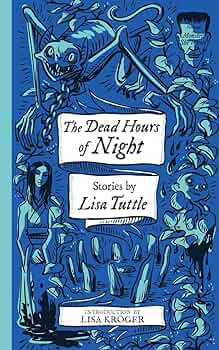
When I really love a short story, I’ll type the whole thing out. It’s an exercise I stole from Joan Didion, who claims to have learned to write by re-typing Hemingway. Lisa Tuttle is one of the few writers I’ve done this for repeatedly. The Dead Hours of Night is incredible, spanning her more than fifty year career. This book is the work of a master at her heights.
Her stories go all over, but I find the ones dealing with sexuality to be the most effective. She wonders what happens if a virgin sacrifice tries to lose their virginity in one (although, that story is in Riding the Nightmare), what would’ve happened if Rosemary Woodhouse had finished Guy off another way in another, and goes on and on. The feminist depth makes these stories feel completely unique, electrically new.
In Dreams We Rot by Betty Rocksteady
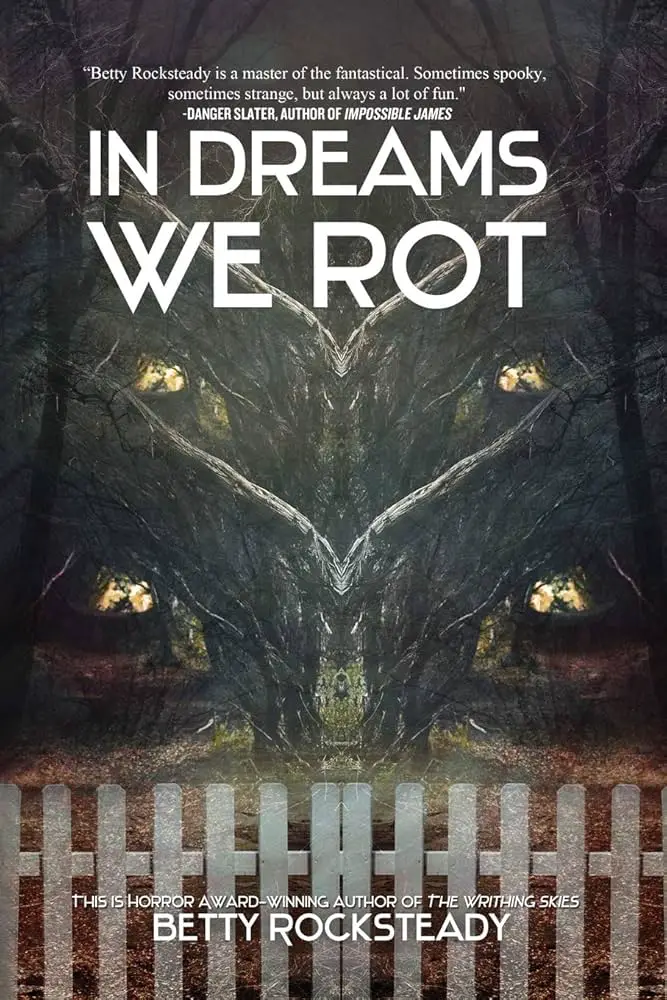
I first became familiar with Betty Rocksteady through her work as an artist. She does many of the covers and other arts for Ghoulish Books (full disclosure: they’ll be publishing my book Say Uncle next spring). She loves to draw inspiration from old cartoons, and I was ecstatic to find out she wrote fiction in that same vein.
In Dreams We Rot absolutely delivers on those f***ed up versions of old cartoons brought to life both in prose, illustrations, and in one instance in this collection, a creepy flipbook. What I loved most as a writer was Rocksteady’s honesty in her “Story Notes.” She reflected on how each of the stories was a step to her finding her own voice and coming into her own style, something that I’d never really thought about in regards to my own fiction until hearing her talk about it.
The Black Maybe by Attila Veres
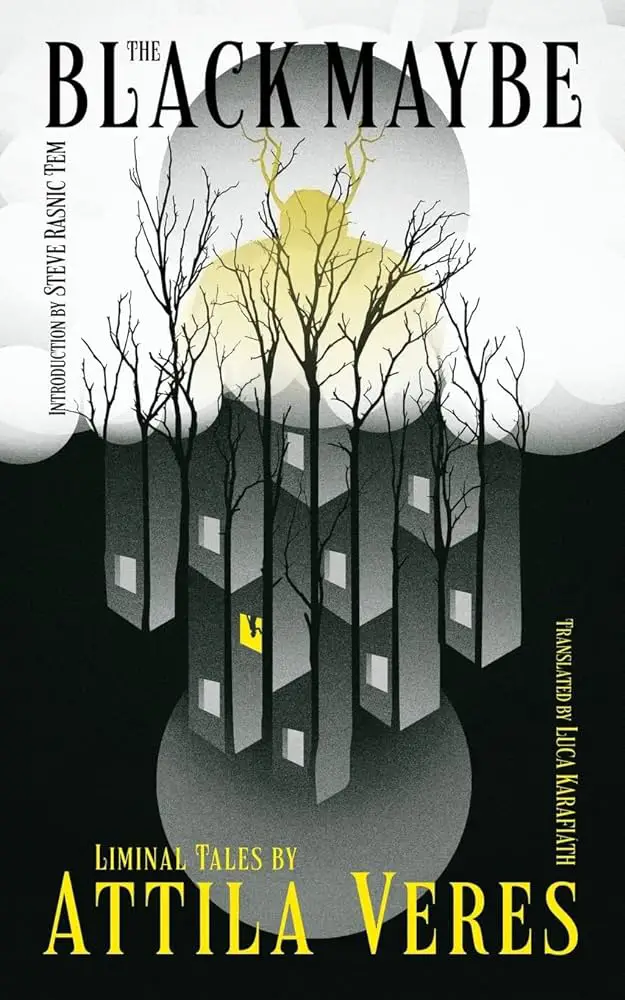
Valancourt is an independent publisher based out of Virginia, focusing on out-of-print, queer, and translated horror. The Black Maybe is there second entry on the list (the first being The Dead Hours of Night), and it’s from the twisted mind of Attila Veres, whose work has been translated from the original Hungarian after his story, “The Time Remaining” was a runaway favorite in The Valancourt Book of World Horror Stories.
That story is about a young boy whose mother tells him his stuffed animal is dying to try to get him to stop playing with it. The boy goes to extraordinary means to keep his toy alive. My other favorite in The Black Maybe is a Yelp review of a trip into hell, which despite the humorous frame ends up being absolutely horrifying. If you enjoy this, I highly recommend checking the anthology and the other full length collections Valancourt has published by those authors.
Bad Connections
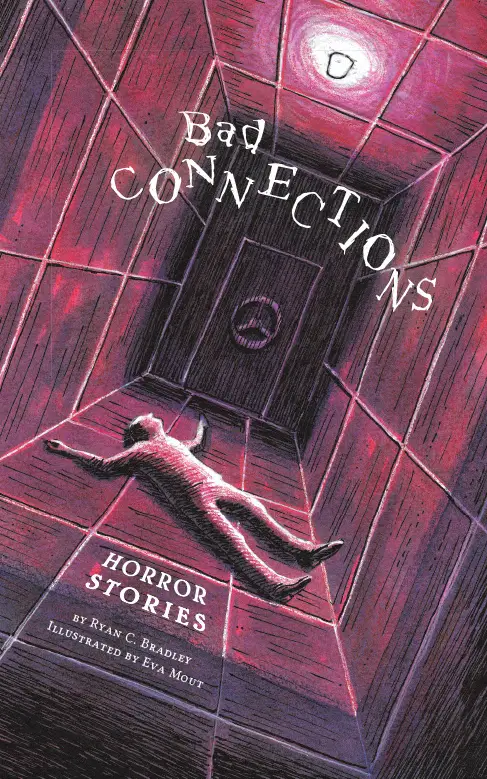
And of course that brings me to the reason I’m writing this article: my story collection Bad Connections: Horror Stories. It’s got ten stories of mine, written between 2014 and 2024. Six illustrations by the incredible Eva Mout (including the cover). Four have been previously published and six will be brand new to readers. The stories are sometimes bizarre, often horrific, and I’ve been told they’re funny too.
I started at this writing gig when I was eighteen-years-old and I’m thirty-four now. I have poured everything I am into this book. Talent, trauma, pain, joy, and money. I’ve dedicated my life to writing, for better and for worse, and I’d love if you would consider checking it out.
[Editor’s note: Ryan is a gifted writer and a fantastic storyteller. Please consider supporting indie creators like him who possess incredible talent and are brave enough to put their art into the world.]
